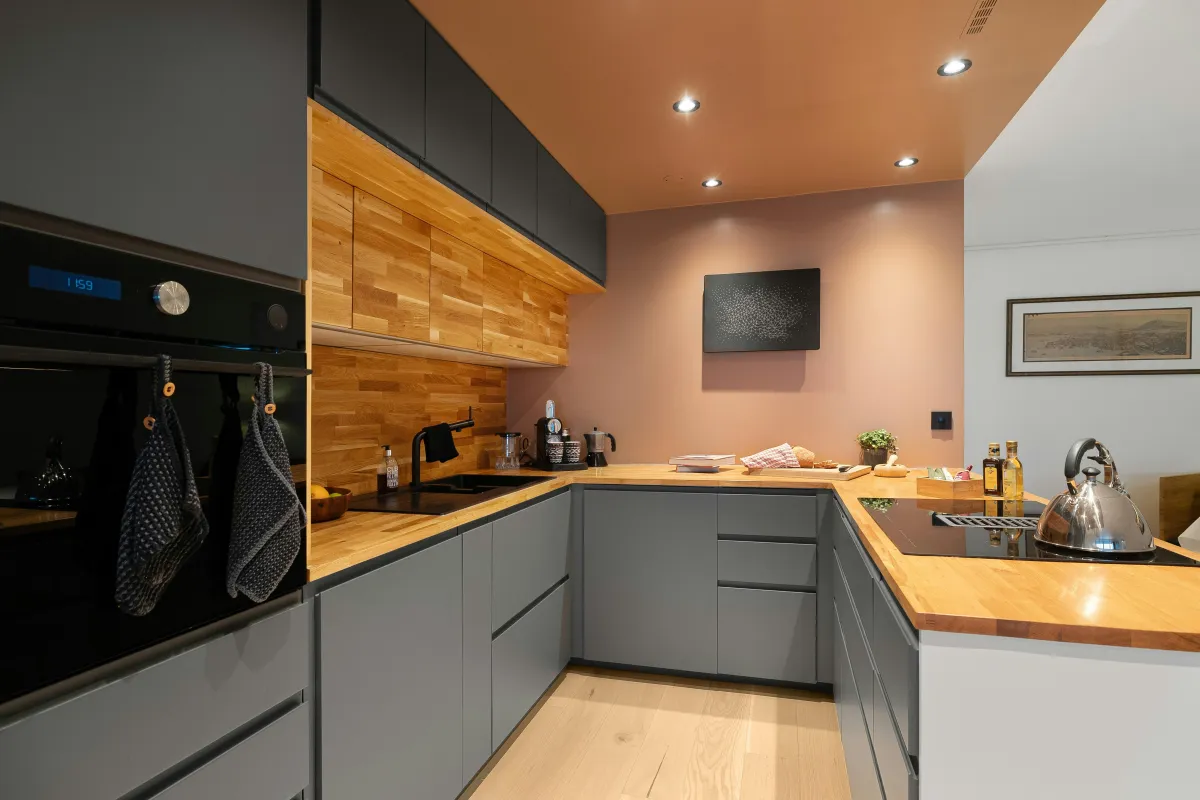
Materials Used in Modular Designs: Durability, Functionality, and Style
When it comes to modular design, choosing the right materials is essential for ensuring durability, functionality, and style. The materials you select play a major role in the long-term performance of your furniture and design, so it's important to choose wisely.
For modular furniture, materials like high-quality plywood, MDF (Medium-Density Fiberboard), and solid wood are common choices. Plywood is known for its durability and strength, while MDF offers smooth finishes that are perfect for painting. Solid wood, though slightly heavier, adds an organic, timeless look that many homeowners love. These materials are sturdy enough to withstand the wear and tear of daily use while maintaining their appearance for years to come.

Metal and glass are also frequently used in modular designs, especially for shelving and modern furniture. These materials are sleek, lightweight, and easy to maintain, making them ideal for contemporary, minimalist spaces. Combining wood, metal, and glass can create an aesthetically pleasing balance between warmth and coolness.

Sustainable materials, such as recycled wood or bamboo, are increasingly popular in modular design for environmentally conscious homeowners. These materials not only look great but also reduce environmental impact.
“Good design is a harmony of material, function, and beauty.”
By selecting the right materials, modular designs provide not only an organized and functional space but also a stylish and sustainable living environment.
#ModularDesign #SustainableMaterials #InteriorDesign #FurnitureDesign #DurableDesign #EcoFriendlyLiving
